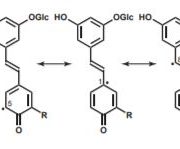
What is lignin made of? New components discovered!
Plant Physiology, Plant Physiology: News and Views, ResearchMaria Grazia Annunziata
Max Planck Institute of Molecular Plant Physiology, 14476 Potsdam-Golm, Germany.
Lignin is a class of complex aromatic polymers particularly important in the formation of cell walls, especially in wood and bark. Lignin contributes to plant structure, support and defence…
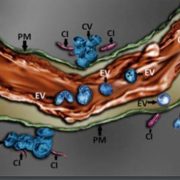
Viruses on the move in the extracellular space
Plant Physiology, Plant Physiology: News and Views, ResearchLynn GL Richardson
Department of Plant Biology, Michigan State University, East Lansing, MI 48824
Positive strand (+) RNA viruses act as their own messengers, encoding an RNA-dependent RNA polymerase that can replicate their sense RNA genome. This allows (+)RNA viruses to replicate outside the…

MVApp flies its flag to the challenging frontier of multivariate data analysis
Plant Physiology, Plant Physiology: News and Views, ResearchCommentary by Maria Papanatsiou
We live an era where omic approaches are essential to decode scientific hypotheses. Indeed, technological advances have accelerated science, resulting in a plethora of insights. During the past decade, the plant science community has profited from using large and…

Social Media for Scientists: What, Why, and How
Blog, Plantae Webinars, Science Communication, WebinarsSocial Media for Scientists: What, Why, and How
Recorded: Friday, September 27
About This Webinar
Scientists are increasingly using social media as vehicles through which to communicate with other scientists and the public. Social media platforms also provide excellent opportunities to build professional…
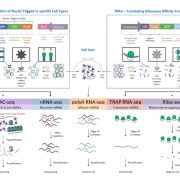
Evolutionary flexibility in flooding response circuitry in angiosperms ($) (Science)
Plant Science Research WeeklyFlooding is unpredictable and can lead to plant death due to insufficient oxygen (hypoxia). Some plant species and varieties are better able to survive periods of submergence. Here, Reynoso et al. looked at gene networks induced transcriptionally and translationally by flooding in rice, Medicago and…
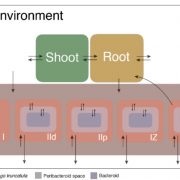
A virtual nodule environment (ViNE) of metabolic integration during symbiotic nitrogen fixation (bioRxiv)
Plant Science Research WeeklyGenetic and molecular studies have revealed a complex exchange of signals and metabolites accompanying the development and process of symbiotic nitrogen fixation. Clearly, the photosynthesis-capable plant provides fixed carbon to the bacterial symbiont, which uses some of this energy for its core metabolism…
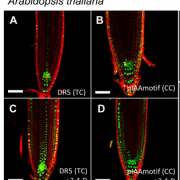
Deep conservation of cis-element variants regulating plant hormonal responses (Plant Cell)
Plant Science Research WeeklyPromoter regions upstream of transcription start sites contain DNA regulatory elements (RE) crucial for the transcriptional control of gene expression. However, REs are short degenerated sequences with low conservation during evolution. In this paper, Lieverman-Lazarovich et al. studied REs in core hormone…
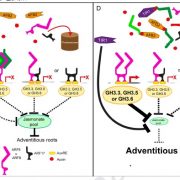
Control of adventitious rooting by TIR1/AFB2-Aux/IAA-dependent auxin signaling ($) (Mol Plant)
Plant Science Research WeeklyAdventitious roots typically develop from non-root tissue like shoots either naturally in some species or upon induction by stress in most species. The key roles of auxin signaling in lateral root development are well known but the role of these regulators in adventitious roots with their high phenotypic…
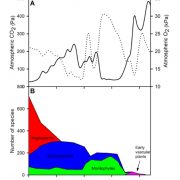
A novel hypothesis for the role of photosynthetic physiology in shaping macroevolutionary patterns (Plant Physiol)
Plant Science Research WeeklyIn the 450 million(ish) years since plants acquired the ability to live on land, they have caused dramatic changes in the concentrations of atmospheric CO2 and O2 levels. As an example, due to tremendous increases in photosynthesis, CO2 levels dropped and O2 levels rose dramatically in the late Paleozoic…

